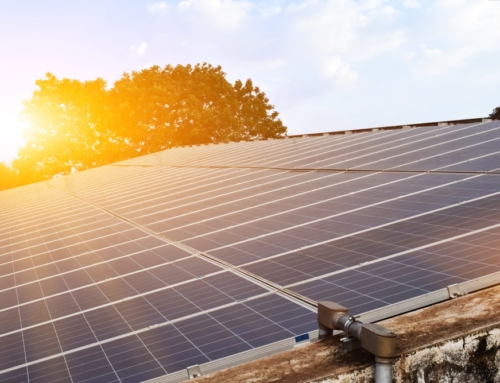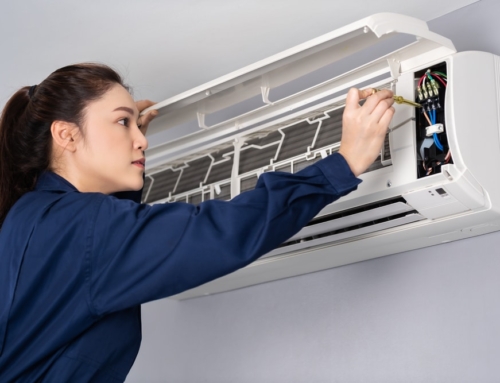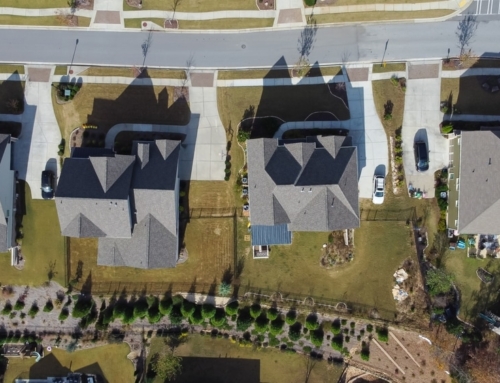COVID-19: unemployment and the mounting financial crisis. Understanding how people live paycheck-to-paycheck and the implications of extended unemployment.
Q: In your recent column in the Washington Post, it was stated that “nearly 80 percent of Americans were living paycheck to paycheck before the pandemic…” I want to know
how do you define living paycheck-to-paycheck when that implies having no savings or residual discretionary cash to spend. Are you saying that necessary day-to-day living expenses consume each paycheck?
Also, 80 percent would be of the daily workforce, not those who are retired on pensions or those on some form of welfare. What government agency or otherwise provided the 80 percent number?
Clearly, I’m skeptical of such an amazingly high figure. If this is correct, I expect to soon see mass starvation and rioting in the streets since we have now seen 40 percent file for unemployment.
COVID-19: Unemployment and the Mounting Financial Crisis
A: We have received a number of letters and emails like yours wondering whether the financial crisis is real and how people are surviving during this unprecedented time. Even if you have a job with health insurance and enough money to buy what you need and put food on the table, it’s difficult to imagine not being able to empathize with something as devastating as the COVID-19 pandemic.
And yet, our mail shows that some people simply don’t believe that so many people are a paycheck away from not having enough money to pay their bills. So, here’s a rundown of what we’re seeing.
How Many Americans Really Live Paycheck-To-Paycheck?
There are millions of Americans currently living paycheck-to-paycheck in this country, as many surveys have shown. According to Nielsen data, the American Payroll Association, CareerBuilder, and the National Endowment for Financial Education, somewhere between 50 percent to 78 percent of employees earn just enough money to pay their bills each month. Should they miss a paycheck, some of those bills would go unpaid.
In addition, almost three in 10 adults have no emergency savings at all, according to Bankrate’s latest Financial Security Index. Nielsen data shows that nearly 25 percent of families earning $150,000 a year or more live paycheck-to-paycheck. A Gallup poll released in December 2019 found that a record 33 percent of Americans say they or a family member put off treatment for a medical condition in the past year because of cost. A quarter of Americans say their untreated medical condition was serious.
In a 2019 report on the economic well-being of U.S. households, the Federal Reserve Bank determined that 40 percent of American adults wouldn’t be able to cover a $400 emergency with cash, savings, or a credit card charge that they could quickly pay off. (This spring, the Federal Reserve determined that 40 percent of households earning $40,000 or less had lost income due to the pandemic, increasing financial stress and pressure.)
All of these studies, by the way, were done before the coronavirus pandemic, which has done nothing to ease the financial pressures so many Americans are facing and in fact has exacerbated them tremendously.
Unemployment During the COVID-19 Pandemic
So, let’s talk about the effect of the COVID-19 pandemic on the unemployment rate. To date, roughly 32 million Americans have filed for some sort of unemployment assistance. This has happened over the past 19 weeks, where the number of first-time unemployment claims has exceeded 1 million per week, an unprecedented number in American history. As of July 30, 2020, the Federal Reserve Bank of St. Louis reports there are over 17 million continuing claims, an uptick from the prior week, and a higher number than just about anything in the modern era, higher even than the high point of the Great Recession 10 years ago.
According to the Federal Reserve, The official unemployment rate is 11.1 percent, but the total number of unemployed (which includes people who want jobs but can’t find them and have decided to either stay at home, go back to school, retire, etc. and is known as the U-6) is around 18 percent, as of July 2nd, 2020. (That number roughly matches with the 32 million number cited above.) The Federal Reserve Bank of Chicago does a slightly different calculation, and following the release of the latest current population survey estimates and other microdata, believes that the total unemployment rate as of mid-May was about 27.6 percent.
These numbers are very high, but we couldn’t find evidence that the number of unemployed had reached the 40 percent number you cite.
COVID-19 Pandemic Unemployment Relief Programs
Since the beginning of the COVID-19 pandemic recession, we have seen unprecedented support provided by Congress to the American public in the way of a $1,200 payment to more than 90 million Americans, plus dramatic expansion of unemployment benefits including an extra $600 per week on top of regular unemployment benefits, which were then extended by 13 weeks in the CARES Act, and the ability for part-time and self-employed people (who normally can’t apply for unemployment assistance) to apply for pandemic unemployment assistance, known as PUA.
The Paycheck Protection Program (PPP) allowed thousands of employers to keep most or all of their employees on payroll through the spring. There are thousands of other programs providing financial support on a state and local level as well.
Despite this, it’s clear that many of our fellow citizens are suffering. We have seen equally unprecedented lines at food banks across the country, some stretching for miles. The food bank we volunteer at, which is located at a community center in Highwood, Illinois, used to serve 150 families every other week, and still have some food left over to donate to the church’s food pantry next door. Today, the food bank serves over 375 families every week, with almost nothing left.
New surveys have determined that the level of hunger, which is typically known as food insecurity, is rising dramatically. According to the Brookings Institute, by the end of April 2020, more than one in five households in the U.S., and two in five households with mothers with children 12 and under, were food insecure. In almost 20 percent of households with children age 12 or under, children experienced food insecurity.
As for rioting in the streets, the pictures online and on television speak for themselves.
COVID-19 Pandemic Housing Impact
From a housing perspective, there has been a dramatic uptick in the level of homeownership over the past three years, to nearly 68 percent from a low point of 63.7 percent in 2016, according to the Census Bureau’s second quarter 2020 report on Residential Vacancies and Homeownership. The Census Bureau reports that the homeownership rate of 67.9 percent was 3.8 percentage points higher than the rate in the second quarter of 2019 (64.1 percent) and 2.6 percentage points higher than the rate in the first quarter 2020 (65.3 percent), itself a record.
Interest rates have fallen to an all-time low during the pandemic, and the Federal Reserve Bank has indicated it will keep the federal funds rate at a target of 0 to 1/4 percent for the foreseeable future.
Here’s the question economists are asking: How many people will lose their home once the financial support from the government stops? The $600 per week in extra support is ending and may be replaced by a smaller amount or eliminated entirely. There was no indication at press time that the federal student loan forbearance (scheduled to end September 30, 2020) or the eviction moratorium, will be continued. But there is talk about providing huge financial support to landlords and commercial property owners, who would lose their properties to the bank because their tenants haven’t paid them rent.
Economists talk about a cash cliff. Well, here we are, and the abyss looks pretty scary.
More on Topics Related to COVID-19: The Financial Crisis and Unemployment Outlook
COVID-19: What Happens to the Economy When the PPP Runs Out of Money?
How Will COVID-19 Impact Retirement Planning?
Understanding COVID-19 Homeowner Relief Resources
1031 Exchange Deadlines During COVID-19 Pandemic
COVID-19 Property Tax Payment Extensions and Penalty Waivers







Leave A Comment